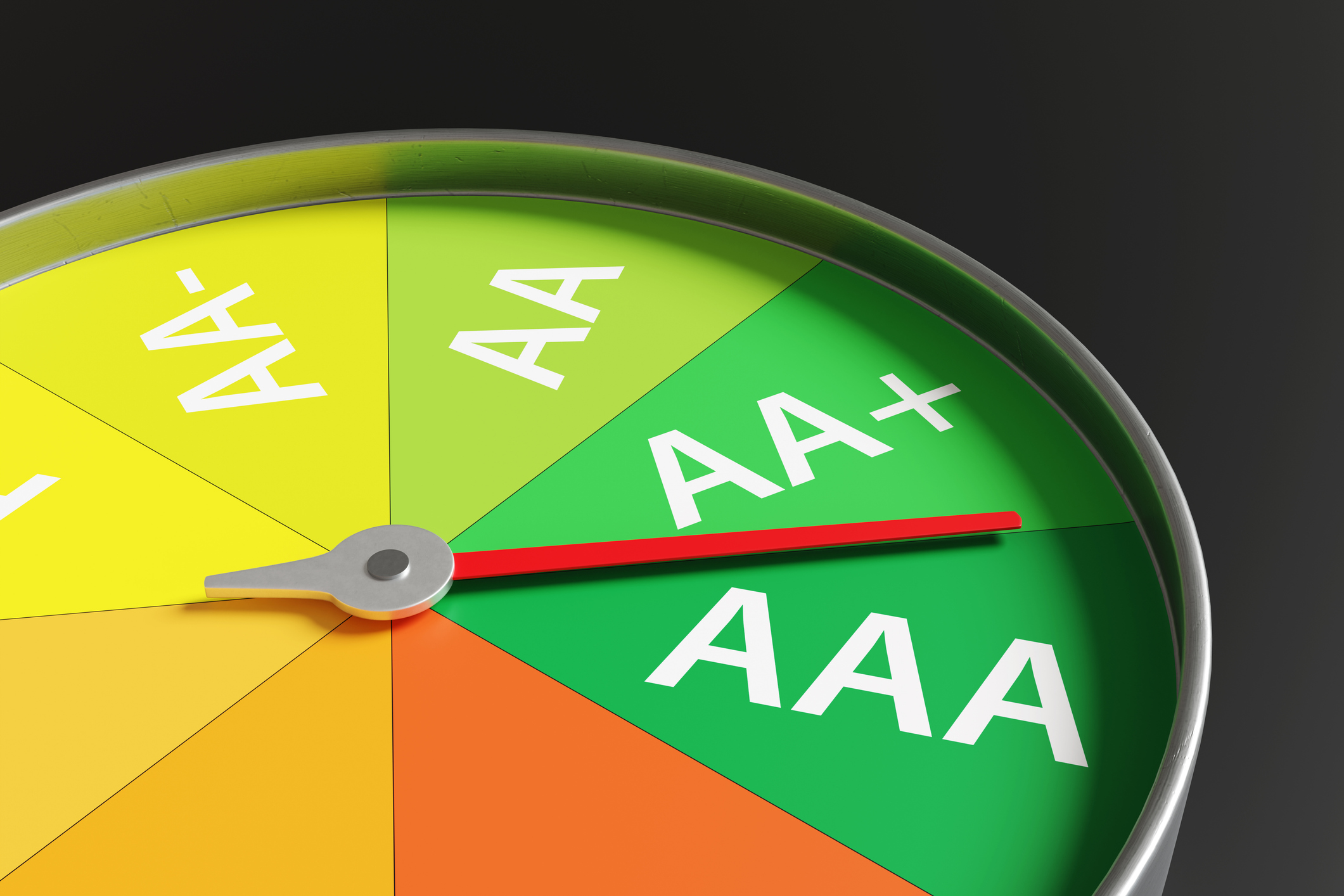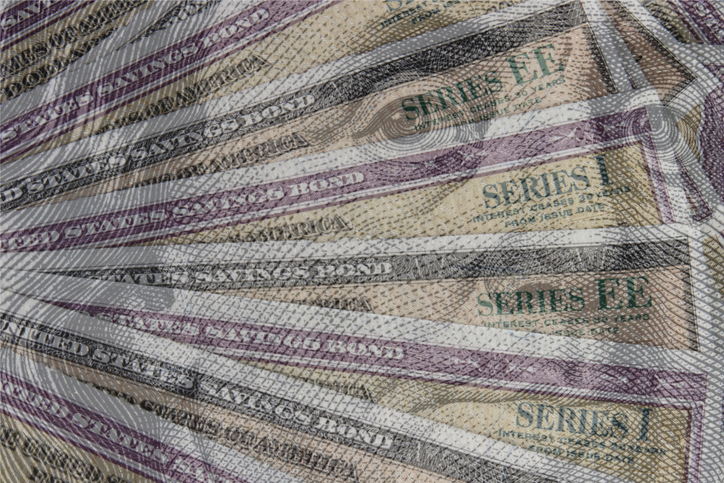Don't Overlook Preferred Stocks
If you ignore preferred stocks out of fear or unfamiliarity, get in there. The rewards trounce the risks.


Twenty-five bucks barely buys a beer and a burger at the best watering holes, but $25 is still a magic number in the investment markets. That's because $25 is the common par value for one share of preferred stock.
Preferreds are a terrific, if underappreciated, core high-income category. If you value portfolio income but ignore preferred shares or funds out of fear or unfamiliarity, get in there. The rewards trounce the risks.
Popular investment literature says little about preferred stocks except to note the small chance of skipped or suspended dividends. I see preferred shares as an alternate style of corporate bond, one with substantial and steady yield, excellent long-term returns – and an extra benefit from today's combination of massive demand and constricted supply. As with closed-end funds (CEFs), it is usually better to wait for shares to trade at a discount to par value than pay a premium.

Sign up for Kiplinger’s Free E-Newsletters
Profit and prosper with the best of expert advice on investing, taxes, retirement, personal finance and more - straight to your e-mail.
Profit and prosper with the best of expert advice - straight to your e-mail.
Go For Yield With Preferred Stocks
Elusive trading profits are not my priority. In this low-yield world, the lodestar for preferreds is a fixed or fixed-to-floating coupon of 5% or higher. The long-term average yield spread of the Standard & Poor's U.S. preferred index compared with the 30-year Treasury bond is 3.5 percentage points. Currently, the index yields 5.35%; the bond, 2.15%. Preferreds might look a bit pricey today, but not by enough to matter. (Yields and other data are as of Oct. 8.)
As for safety, bondholders get paid first, so S&P and Moody's sometimes rate preferred shares a notch or two below the same borrower's senior debt. This puzzles me, because to skip a preferred payment threatens the common stock, ends its regular dividend and savages the company's reputation.
"We think the ratings agencies over-penalize preferreds," says Jay Hatfield, whose company, InfraCap, manages the Virtus InfraCap US Preferred Stock ETF (PFFA), an actively managed preferred exchange-traded fund. So far in 2021, PFFA has a total return of 20.0% and covers its 7.7% distribution entirely from investment income. PFFA owns obligations of utilities, pipelines and real estate investment trusts (REITs). That 20% return is unsustainable. But since Virtus introduced the fund in May 2018, it has turned $10,000 into $13,455, for an annualized return of nearly 10%.
Another interesting opportunity: In June, Fidelity launched Fidelity Preferred Securities & Income ETF (FPFD), which is also actively managed. It started at $25 and is still at $25, so it is early to judge. But Fidelity unquestionably excels with its flagship junk-bond fund, Fidelity Capital & Income (FAGIX), and its bank-loan colossus, Fidelity Floating Rate High Income (FFRHX). I suggest you feed fresh cash equally among this Fidelity trio.
Another possibility is to invest via actively managed closed-end funds. A leading light among these is Flaherty & Crumrine, sponsor of several funds led by F&C Preferred Income (PFD). After soaring to a wild 30% above net asset value, the fund's premium is back to 6%, a rare buying opportunity. Because of volatile premium-discount swings, the fund is in the red so far in 2021, but its 10% annualized return over 10 years is superb. The current distribution of 6.4% is attractive and secure.
Get Kiplinger Today newsletter — free
Profit and prosper with the best of Kiplinger's advice on investing, taxes, retirement, personal finance and much more. Delivered daily. Enter your email in the box and click Sign Me Up.

-
 The AI Doctor Coming to Read Your Test Results
The AI Doctor Coming to Read Your Test ResultsThe Kiplinger Letter There’s big opportunity for AI tools that analyze CAT scans, MRIs and other medical images. But there are also big challenges that human clinicians and tech companies will have to overcome.
By John Miley Published
-
 The Best Places for LGBTQ People to Retire Abroad
The Best Places for LGBTQ People to Retire AbroadLGBTQ people can safely retire abroad, but they must know a country’s laws and level of support — going beyond the usual retirement considerations.
By Drew Limsky Published
-
 Dividends Are in a Rut
Dividends Are in a RutDividends may be going through a rough patch, but income investors should exercise patience.
By Jeffrey R. Kosnett Published
-
 Bond Basics: Zero-Coupon Bonds
Bond Basics: Zero-Coupon Bondsinvesting These investments are attractive only to a select few. Find out if they're right for you.
By Donna LeValley Published
-
 Bond Basics: How to Reduce the Risks
Bond Basics: How to Reduce the Risksinvesting Bonds have risks you won't find in other types of investments. Find out how to spot risky bonds and how to avoid them.
By the editors of Kiplinger's Personal Finance Published
-
 Why Investors Needn't Worry About U.S. Credit Downgrade
Why Investors Needn't Worry About U.S. Credit DowngradeFitch Ratings The United States saw its credit rating downgraded for just the second time in history, but experts aren't worried about the long-term damage to stocks.
By Dan Burrows Published
-
 What's the Difference Between a Bond's Price and Value?
What's the Difference Between a Bond's Price and Value?bonds Bonds are complex. Learning about how to trade them is as important as why to trade them.
By Donna LeValley Last updated
-
 Bond Basics: U.S. Agency Bonds
Bond Basics: U.S. Agency Bondsinvesting These investments are close enough to government bonds in terms of safety, but make sure you're aware of the risks.
By Donna LeValley Published
-
 Bond Ratings and What They Mean
Bond Ratings and What They Meaninvesting Bond ratings measure the creditworthiness of your bond issuer. Understanding bond ratings can help you limit your risk and maximize your yield.
By Donna LeValley Last updated
-
 Bond Basics: U.S. Savings Bonds
Bond Basics: U.S. Savings Bondsinvesting U.S. savings bonds are a tax-advantaged way to save for higher education.
By Donna LeValley Published